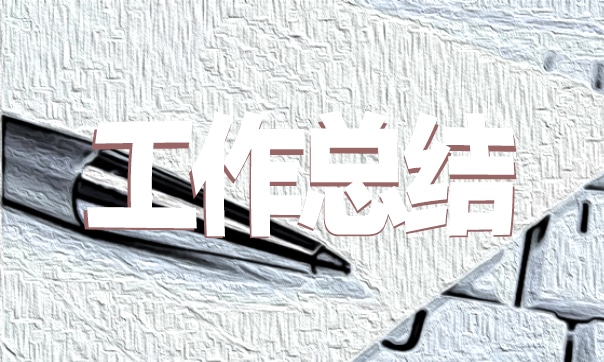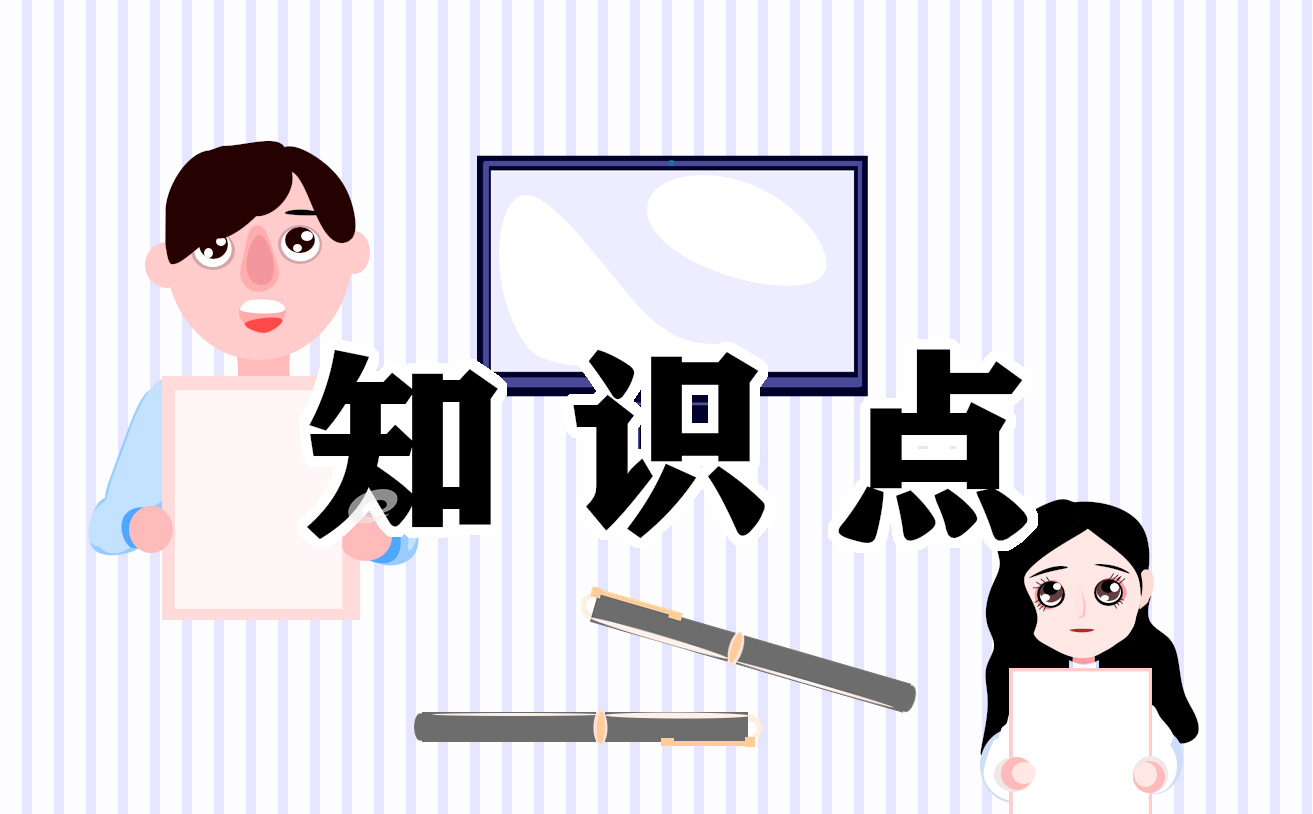真正的知识分子该有一副傲骨,不善趋炎附势。这使他们当中绝大多数显得个色,总是鹤立鸡群,混不进人堆里。下面小编给大家分享一些高中英语的语法知识,希望能够帮助大家,欢迎阅读!

高中英语的语法知识点
一、被动语态的句型
1.常见句式是:主语(受动者)+be+过去分词+(by+施动者)
例如:He was scolded by the English teacher.
2.主语+get+过去分词+其它成分
例如:The boy got drowned last summer./ She got fired because of herfaults.
注意:使用这种结构不能带有“by+施动者”
3.带有双宾语(直接宾语和间接宾语)的主动句变为动句,其主语可以是直接宾语,也可以是间接宾语。
例如:?She lent me a bike.
被动:1)I was lent a bike(by her). 2)A bike was lent to me(by her).
4.情态动词+be+过去分词
例如:This problem must be worked out in half an hour.
5.双重被动式:主语+被动式谓语+不定式的被动式+其它成分
例如;These magazines are not allowed to be taken out of the reading-room./Themurderer was ordered to be shot.
二、主动表示被动的几种情况
1.不及物动词与状语连用,用以表示主语的品质和状态。常见动词是:cut, sell, read, write, fill, cook, lock,wash, drive, keep等。例如:This knife cuts well.这把刀好切。These books sell well.这些书好卖。Thepen writes smoothly.这支笔写起来流畅。Meat won’t keep long in such hotweather.肉在这样热的天气里放不长久。The cloth washes well.这种布好洗。
2.一些连系动词的主动式+形容词。常见动look, smell, taste, sound, feel, prove, turn out等。
例如:The apples taste good./The flower smells wonderful./The newsproved/turned out true./Cotton feels soft.
注:prove也可用于被动式,如:His answer(was) proved right.
3.不定式在某些形容词之后,且与主语有动宾关系。常见形容词有:hard, difficult, easy, heavy, fit, good,comfortable, convenient, impossible等。例如:The problem is easy to do./The questionis difficult to answer./The box is heavy to carry./The project is impossible tocomplete in a year.比较:The problem is to be done./The question is to beanswered.没有形容词时,虽然不定式与主语是动宾关系,但必须用被动式。
三、容易误用被动语态的几种情况:
1.I teach myself French.不可变为Myself is taught French.因为反身代词不可作主语。
2.We help each other/one another.不可变为Each other/One another is helped byus.因为相互代词不可作主语。
3.He lost heart.不可变为Heart was lost by him.因为象lose heart, make a face, keepsilence, lose in thought这类动宾结构的固定短语只能用于主动式,不能用被动式。
4.She took part in the sports meet.不能变为The sports meet was taken part in byher.因为象take part in, belong to ,own, have, hate, fail, contain等表状态动词没有被动语态。
高中英语的语法知识点
一、一般现在时
1.一般现在时表示经常发生、习惯性动作、客观真理、科学事实、格言,目前的特征、状态、能力等。
2.主句是一般将来时,时间、条件状语从句中用一般现在时表示将来。如:
I’ll go there after I finish my work./ If it rains tomorrow, I won’t gothere.
3.在以here, there开头的句子里,go, come等少数动词的一般在时表示正在发生的动作。
例如:There goes the bell.铃响了。There comes the bus.汽车来了。Here she comes.她来了。
二、现在进行时
1.表示正在进行的动作。
2.表示按计划安排即将发生的动作。
例如:She is leaving for Beijing.她要去北京。
He is working as a teacher tomorrow.从明天起他要做老师。
My father is coming to see me this Saturday.这个星期六我爸爸要来看我。
3.代替一般现在时,描绘更加生动。
例如:The Changjiang River is flowing into the east.江水滚滚向东流。The sun is risingin the east.太阳从东方冉冉升起。
4.大多数动词可用于进行时,但也有些动词不用于进行时。常见的有:exist, live, understand, mean, owe, belongto, know, doubt, suppose, remember, forget,
believe,trust,want,wish,refuse,like,hate,dislike,prefer,mind,hope等。
三、现在完成时
1.表示过去发生的动作对现在产生的影响或结果,或说话时已完成的动作。
例如:I have finished the report./ She has cleaned the room.
2.表示从过去开始,待续到现在的动作或状态,往往和“for…”, “since…”表述的一段时间状语连用。例如:He has learnedEnglish for six years./ They have worked here since they left college.
3.现在完成时与一般过去时的区别:
1)用两种时态来表述发生在过去的某一动作,现在完成时强调这一过去动作对现在产生的影响或结果,而一般过去时只表达过去的动作或状态,和现在关系不大。例如:Shehas cleaned the room. It’s very clean now.(此句hascleaned就不能改为cleaned.一是因为cleaned与现状无关,二是因为一般过去时不可突然跳到It’s…这样的一般现在时。)
2)汉语中的“了”、“过”、“曾”等词常用完成表达,如:I have seen thatfilm.(我看过那部电影了。)但是如果是在特定的过去时间“看了”、“做过”,就不可用完成时而必须用一般过去进来表达。例如:When did you seethat film? I saw it yesterday.(你什么时候看了那部电影?我昨天看的。)不能说:When have you seen thatfilm? I have seen it yesterday.
4.表示“曾经到过某地(人已回来)”用“have/has been to”,表示“到某地去了(还未回来)”用“have/has goneto”.例如:
——Where is Li Hua? -He has gone to the reading-room.
——She knows a lot about Shanghai.-She has been there.
5.短暂动词(即瞬间动词),join, lose, buy, borrow, leave, go, come, arrive, die, marry,finish, complete, begin, start, break out等,在完成时态中,其肯定式不能和表示一段时间的状语连用。例如不能说:Hehas finished the work for three hours.要翻译“他已完成工作三小时了。”可采用1)“ago法”:He finishedthe work three hours ago.2)“延续法”:He has been through(with)the work for threehours.3)“since法”:It is/has been three hours since he finished the work.
四、现在完成进行时
1.用来表示从过去某一时刻开始一直持续到现在(或今后还要继续一去)的动作。例如:He has been doing the mathsproblems since 8:00./ It has been raining for two days.
2.凡是不能用于现在进行时的动词均不能用于现成完成进行时。
五、一般过去时
表达特定的过去时间内发生的动作或存在的状况,或过去某一时间内经常发生或反复发生的动作或行为。
六、过去进行时
1.表示过去某一时刻或某一段时间内正在进行的动作(这一过去时间须用时间状语表示)。例如:He was preparing his lectureall day yesterday.
2.表示动作在另一过去动作发生时进行。例如:They were still working when I left.
3.用在两个过去进行时动作同时发生。例如:I was writing while he was watching TV.
4.表示过去将来动作。例如:He said she was arriving the next day.
七、过去完成时
1.表示在过去某一时间以前已经完成的动作。例如:He had shut the door before the dog came up./Everything had been all right up till this morning.
2.表示动作或状态从过去某个时刻开始一直延续到另一个过去时刻才完成,甚至还要继续下去。例如:At the age of ten, he hadlearned 500 English words. He had been ill for a week when we learned aboutit.
3.常用hope, expect, think, intend, want,suppose等动词的过去完成时来表示未实现的希望、打算或意图。例如:We had expected that you would be able to winthe match.
八、一般将来时
一般将来时表示将来要发生的动作和存在的状况。有下列一些形式:
1.will/shall do (侧重将来行为,不突出计划安排去做某事)
2.be going to do (主观上打算或客观上可能发生)
3.be doing (按计划将要发生,常和表示最近的将来时间连用)
4.be about to do (按计划即将发生)
九、将来完成时
用来表示在将来某个时刻(前)将完成的动作。常和by短语,when, before引起的时间状语连用。例如:We will have finishedsenior Book 2 by the end of this term.
高中英语的语法知识点
1. 简单句
句型:主语+谓语
只包含一个主谓结构,而句子的各个结构都只由单词或短语表示。
2. 并列句
句型: 简单句+并列连词(或连接副词)+简单句
由两个或两个以上的简单句并列连接起来的句子叫并列句。并列句中的各简单句意义同等重要,相互之间没有从属关系,是平行并列的关系。它们之间用连词连结。
1、联合关系:
常用的连词有and, not only…but(also), neither…nor等。
Eg. Tom doesn’t smoke, nor does his brother.
2、转折关系
常用的连词有but, yet, still, however, while(而,然而),when(那时,然后)等。
Eg. He got up very early, (and) yet he failed to catch the morningtrain.
We played outside till sunset, when it began to rain.
She is tired, (but) still she will make another test.
yet 和still是连接副词,又叫半连接句。
however(然而,不过,但是)意义接近yet,可放在句首、句末或插入句子中间。
3、选择关系:
常用的连词有or(或者,还是,否则),otherwise, or else, either…or等。
Eg. Hurry up, or we’ll be late for school.
4、因果关系
连词有:for, so, thus, therefore, and so 等。
Eg. He studied hard, thus he succeeded in passing the exam.
The Frenchman coughed loudly, so he decided to go and get some medicine forit.
for 表示附加或推断的理由、原因。 Therefore较so更正式,and so 较口语化。
高中英语的语法知识点
复合句
1、学生最容易混淆的是定语从句与同位语从句的区别。
例如:A、The news that our team has won the match is true. (同位语从句)
B、The news that he told us surprised everybody here. (定语从句)
关键的区别在于连接或关系代词that:有意义的是定语, 无意义的是同位。因为引导定语从句的that在从句中作主语或宾语,而引导同位语从句的that只起到连接词的作用。
2、接着容易混淆的是引导定语从句的关系代词that与which:that之前是不定(代词)、序数(词)、(形容词)最高级:which之前是介词短语与逗号(非限制性)。
例如:A、All that we have to do is to practise every day.
B、The first lesson that I learned will never be forgotten.
C、I have lost my pen,which I like very much.
D、The house in front of which there is a garden is my home.
It的用法
1、It除了代替人和物以外,还可以作形式主语。而真正的主语(不定式、动名词或从句)则放于谓语或表语之后。
例如:It is nor easy to finish the work in two days.
然而有少数表语之后接动名词作真正的主语。这些表语是:无助(no help)、无用(no use)、没好处(no good);工作(hardwork)、费时(a waste of time)、又危险(a danger)。
例如:A、It is no use crying over spilt milk.
B、It is a waste of time waiting for him.
2、It还可以作形式宾语。通常下列动词后面可接it作形式宾语:2f2tcjm(find,feel,think,take,consider,judge,make)。
例如:A、He made it clear that he was not interested in this subject.
B、I think it no use arguing with him.
3、It用于强调句式。要强调句子的某一部分(主语、宾语、 状语),可以把it当作先行词。这种句子的结构是:It is(was)+被强调部分+that(who)+句子的其余部分。
例如:A、It iS Professor Lin who teaches us English—(强调主语)
B、It was in Shanghai that l saw the film.—(强调状语)
C、It was in 1990 that I worked in the factory.(同上)
但要注意与定语从句的区别。
例如:D、It was 1990 when I worked in the factory.(定语从句)
在强调句式里,我们把强调结构It is(was)…that除去,句子还很完整。如例句C。而例句D就不能。
高中英语的语法知识点
句子的成分
1. 主语—主语是谓语讲述的对象,表示所说的“是什么”或“是谁”。一般由名词、代词、不定式或相当于名词的词或短语来充当。它在句首。
注意:不定式作主语时,常用形式主语it句型。
2. 谓语—说明主语“做什么”,“是什么”或“怎么样”。
谓语(谓语部分里主要的词)必须用动词。谓语和主语在人称和数两方面必须一致。它在主语后面。
3.表语—表语说明主语“是什么”或者“怎么样”,由名词、形容词、副词、介词、不定式及相当于名词或形容词的词或短语来担任。它的位置在系动词后面。
注意区别:My job is teaching.(teaching 为表语) 与 I am teaching now.(am teaching为谓语)
4. 宾语—宾语是动作、行为的对象,由名词、代词、不定式或相当于名词的词、短语来担任,它和及物动词一起说明主语做什么,在谓语之后。
5.状语—状语用来修饰动词、形容词或副词。一般表示行为发生的时间、地点、目的、方式、程度等意义,一般由副词、介词短语、不定式或相当于副词的词或短语来表示。状语一般放在句末,但有的可以放在句首、句中。
6.定语—定语是用来修饰名词或代词的。形容词、代词、数词、名词、介词短语、不定式或相当于形容词的词或短语等都可以担任定语。因为它是修饰名词或代词的,而名词和代词又可以作主语,还可以作表语和宾语,所以定语的位置很灵活,凡是有名词、代词的地方都可以有定语。
高中英语的语法知识点相关文章:
★ 高中英语语法知识点整理总结
★ 高中英语语法知识点整理
★ 高三英语语法知识点总结
★ 英语高一必修一语法知识点汇总
★ 高三英语语法知识点归纳汇总
★ 高中英语语法知识点
★ 高三英语语法知识点
★ 高中英语语法考点总结
★ 高中英语知识归纳笔记
上一篇:2022化学初三上册知识点总结
下一篇:初三上册数学知识点总结






